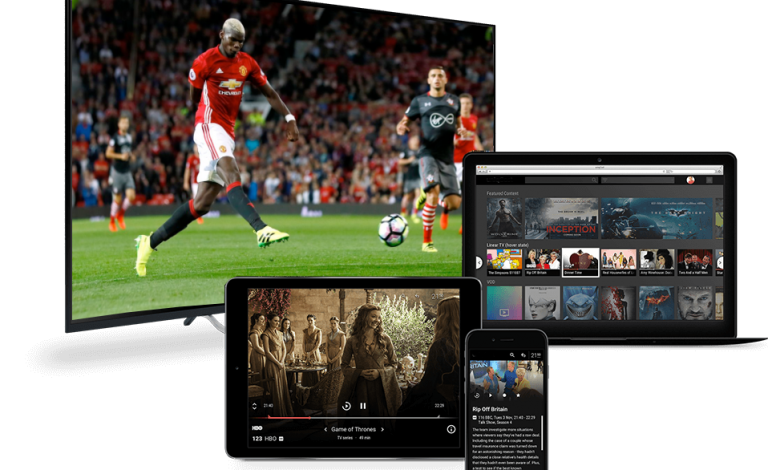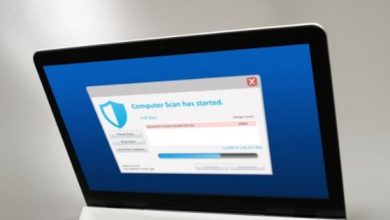Top 9 Security Features to Look for in an OTT Streaming Platform

There is going to be no better time in the future to launch an OTT service. Good content is the king and technology is the platform that helps high-quality videos stream seamlessly.
The number of OTT users is skyrocketing but at the same time, it has caught the attention of cybercriminals. Data breaches and piracy result in the exposure of sensitive information like video content, users’ Credit Card And bank details, etc. jeopardizing an OTT broadcasters’ reputation and revenue.
Hackers can leak premium content and source code of an OTT solution making implementation of cybersecurity protocols necessary. So, let us see what top security features you should consider when selecting a secure video streaming platform for your videos.
Consider These Top 9 Security Standards to Protect Your Streaming Platform
1. Protect your streams with passwords
Password plays an important role in presenting the content only to the intended audiences. It ensures the security and privacy of your streams by providing the next layer of protection to guard your content and user data. Always keep changing passwords from time to time, to guard against forbidden access.
2. Geographic and Domain Restrictions
OTT broadcasters may want to prohibit access to their content in certain geographical areas due to governmental restrictions or due to piracy. You have to completely block certain IP address ranges that relate to the problem areas so that they can target only white-listing countries/ locations. This is a common practice when content is targeted towards a certain region for regional language streams.
3. Dynamic Token Generation
This mechanism can be established to authenticate the user who is attempting to access the OTT video. They start with an incoming request for video access, which is verified and validated simultaneously as the user clicks the payback button. If the server finds the user legit, a unique and encrypted token is sent referring to the browser to start the playback. But the validated token expires as soon as the user logs out.
4. System Security Health Monitoring
Regularly monitoring the systems is one broad-spectrum protection technique for video stream services. This keeps you aware of any suspicious activities. One simple thing to do is to perform a quick Google search using your brand’s name, video title, and password. This may take you to the forums that may have leaked your videos credentials.
Follow industry standards and practices for secure broadcasts to defend your web server by using multi-level firewalls.
Carry out regular software updates. Having the latest versions of streaming tools prevents digital attacks to a large extent. You get safeguards from the latest security loopholes identified by professionals through regular upgrades.
5. HLS Video Streaming
HTTP Live Streaming Encryption is a video serving protocol. It uses (Advanced Encryption Standard) AES-128 which is difficult to crack in case of cyber-attacks. When the AES-128 encryptions are used, the videos are safe from brute force attacks without affecting performance.
6. HTTPS Video Delivery
Streaming over HTTPS connections is an important security step for any live stream or VoD service. MITM or Man-in-the-middle attacks are the most dangerous of the attacks that hack data in transit, duplicate a website to steal data or content.
For OTT streamers this results in piracy and stealing of trade secrets. HTTPS secure video delivery uses encryption and validation to lessen these risks.
7. Server protection strong firewall
For the complete protection of data, your servers also need to follow high-level OTT security protocols. This requires a lot of knowledge. Your OTT vendor must be highly competent in providing multi-level firewall and security to your server. Choose this feature to set up a safeguard from network attacks and leakage of sensitive information etc.
8. SSL certificate for safety measures
A secure OTT platform should be able to protect its content against all sorts of attacks. Secure Sockets Layer (SSL) certificate secures your backend CMS, which is also an additional layer of protection for viewers. They can be confident about the authenticity of your platform and the safety of their credit card credentials.
9. Protecting Video content with Digital Rights Management
This feature will ensure that systems that encrypt and protect copyrighted video assets will be protected from unauthorized access. Studio Approved DRM protects against this and the choice of a correct vendor who offers such strong features keeps your platform secure.
EndNote
It’s time to leverage the power of OTT technologies, but distributing content securely is a big question. OTT owners must prefer the best OTT platform for the secured video streaming enablers. They use best-in-class security protocols and the best video experience for your users. They have robust security tools, encryption standards, and content security protocols that offer piracy-free video delivery.





